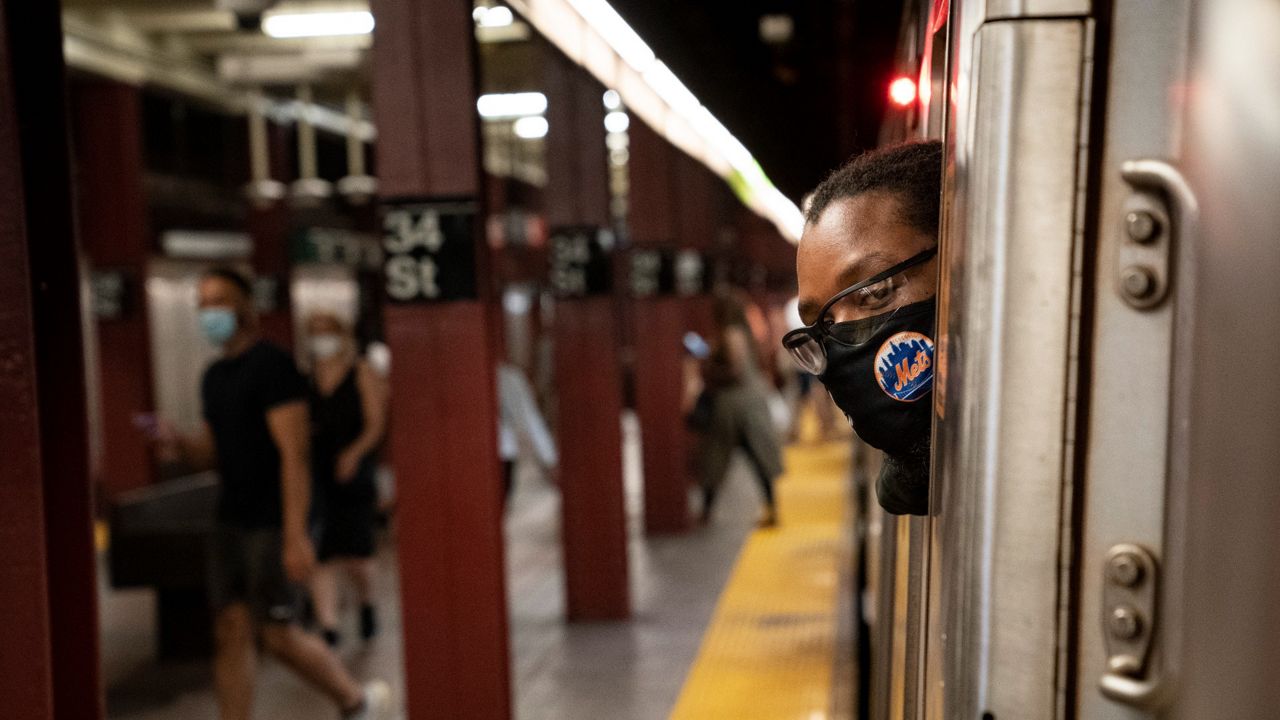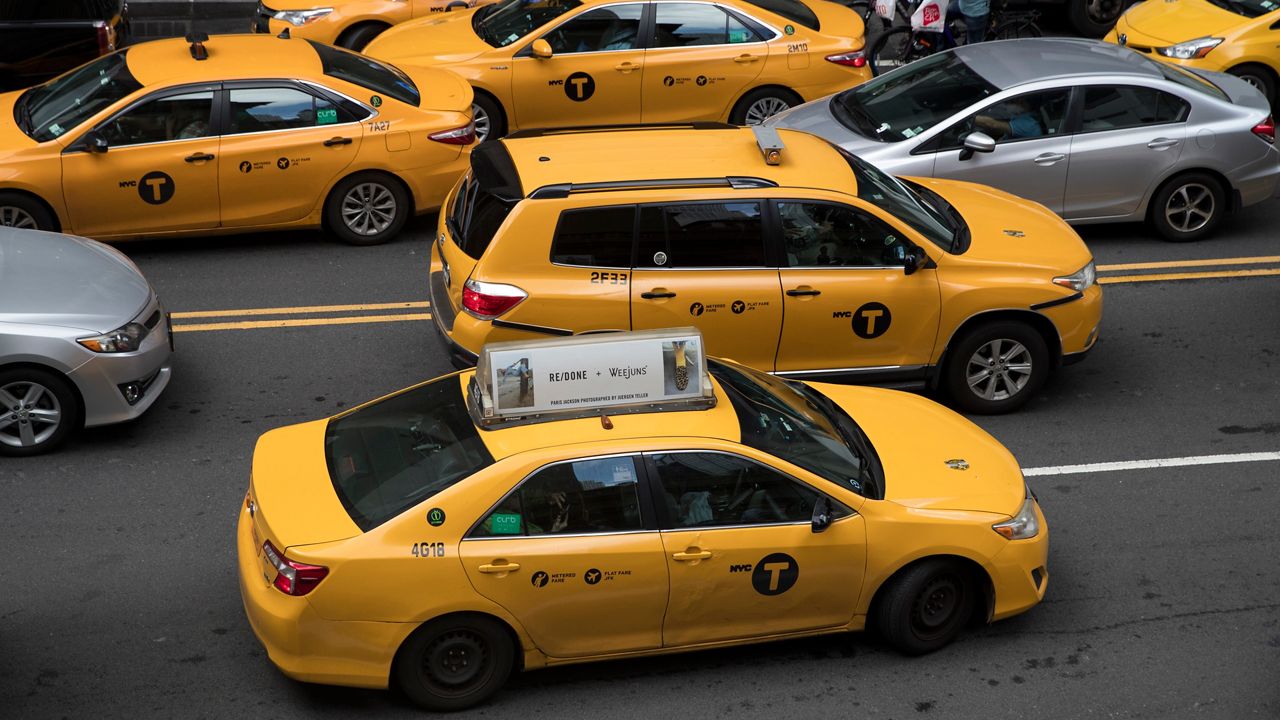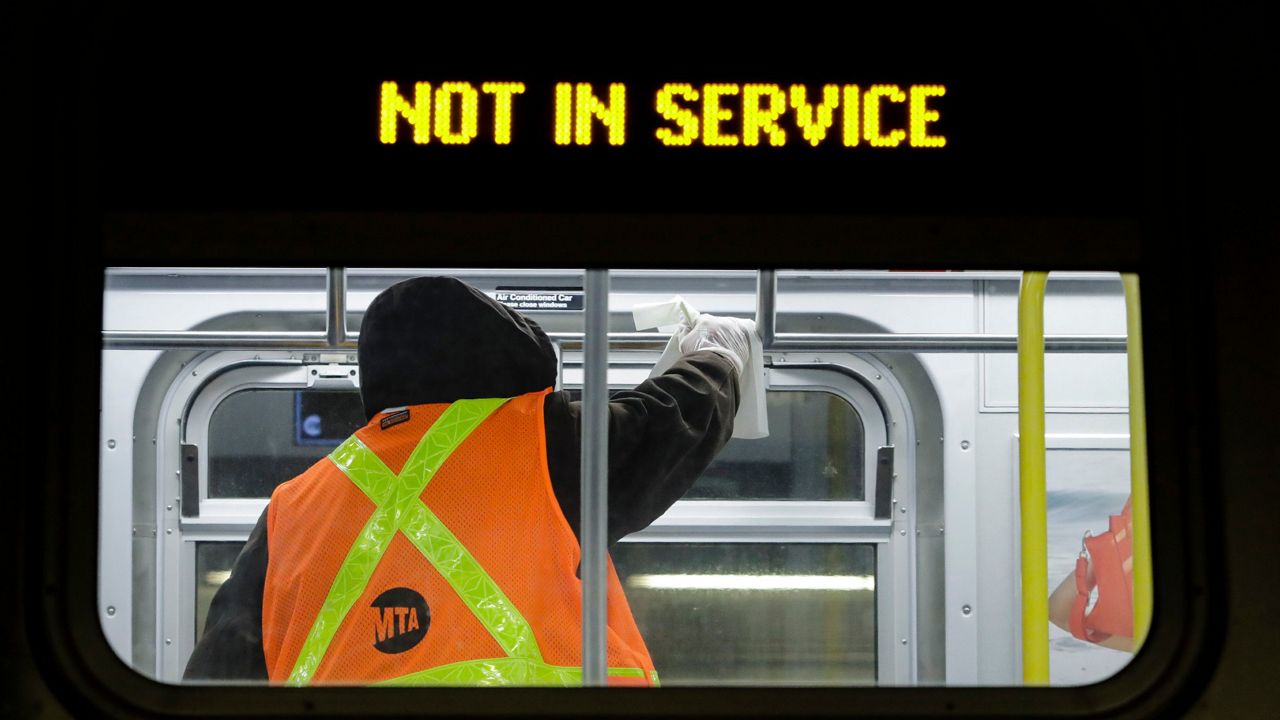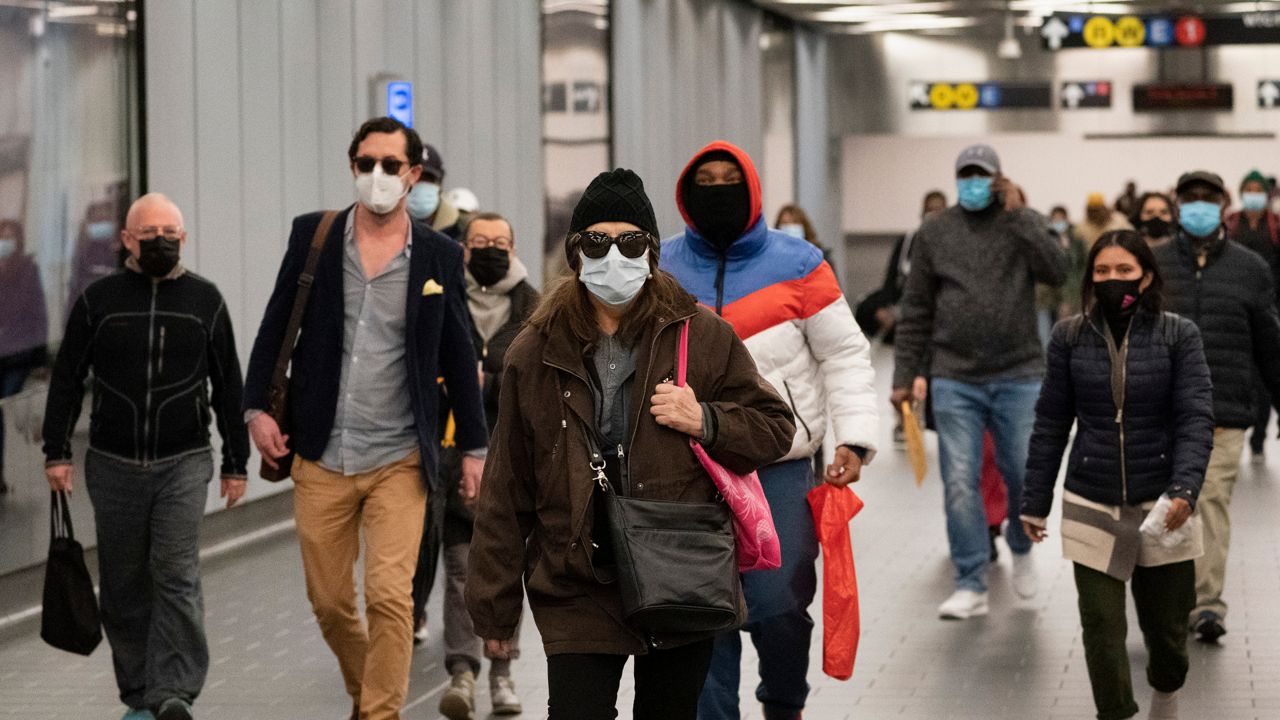While New York City is still waiting for many of its residents and commuters to come back, some streets are already getting crowded — and for-hire-vehicle drivers like Demetrio Tejada are not happy.
- Part 1: Only 1 in 4 Yellow Cab Drivers in NYC Was Working by Late June
- Part 2: The Slow Return for New York City’s Livery Cab and E-Hail Drivers
“I’m totally against sharing the street with restaurants,” the livery cab driver said in Spanish.
What You Need To Know
- For-hire-vehicles find new street landscape because of COVID-19
- Industry wants to be seen as a safe transportation option during the pandemic
- New cars registered by New Yorkers went up 31% in July compared to the same month last year
Added to the financial and health stress, many taxi and for-hire-vehicle drivers now feel the space they once occupied before COVID-19 hit New York is getting smaller.
“Our drivers have been awaken to a new norm: smaller streets, more space for buses, more space for bikes,” said Cira Ángeles, a taxi and livery insurance broker and the spokesperson for the Livery Base Owners Association. “Now it’s a reality that you have to share the streets.”
The Open Streets program has provided a much needed relief to socially-distanced New Yorkers and to cash-strapped bars and restaurants. The city has also expanded bus lanes and busways, and demand for bikes has skyrocketed.
“My concern is, when new busways, new streets are closed, and also new spaces are given for delivery trucks and loading zones, all that represents an issue of reeducating our community, of reeducating our drivers,” Ángeles said.
Ángeles served on the Surface Transportation Advisory Council that Mayor Bill de Blasio convened in the spring. She’d like the city to market the for-hire-vehicle industry as a safe transportation option, even more so now that many drivers are spending their own money to equip their cars with partitions and taking other safety measures.
“The city is geared up to have no vehicles on the road, and is using more an approach on bikes and walking and open streets — which we support, because the community needs that space, but at the same time, we provide an essential service in the city, because many people still refuse to go on mass transportation,” Ángeles said. “So we are a vital system of transportation in our boroughs.”
For now, de Blasio has only gone so far as to advise New Yorkers not to buy new cars.
“Cars are the past,” the mayor said last Thursday. “The future is going to be mass transit, biking, walking.”
But are New Yorkers listening?
If we compare June 2019 and June 2020, we see a six percent increase in the total number of new cars registered by New York City residents, according to data compiled by the Department of Motor Vehicles.
That increase is more pronounced in July: a 31 percent spike this year, when compared to July 2019.
It’s important to note, however, that from late March to May 31, the DMV — with some exceptions — only processed new registrations for essential workers.
Sarah Kaufman, from the Rudin Center for Transportation at New York University and a member of the mayor’s Surface Transportation Council, thinks sooner or later things will go back to normal.
“There are quite a few predictions about this ‘carmageddon’ scenario, where Manhattan streets are just complete gridlock,” Kaufman said. “That being said, I think people who end up sitting in traffic for hours will soon realize that that’s not the best way to get around New York.”
For the moment, the taxi and for-hire-vehicle industry will have to navigate this new reality. The longer that reality lasts, the harder it will be to go back to the pre-pandemic street landscape.
------
Did you know you can now watch, read and stay informed with NY1 wherever and whenever you want? Get the new Spectrum News app here.
------
Main story file image: Matt Rourke/AP.
------
Looking for an easy way to learn about the issues affecting New York City?
Listen to our "Off Topic/On Politics" podcast: Apple Podcasts | Google Play | Spotify | iHeartRadio | Stitcher | RSS
-----
Further Coronavirus Coverage
What to Do If You Test Positive for COVID-19
Who Will Get a Coronavirus Vaccine First — And Who Decides?
How Hospitals Protect Against the Spread of Coronavirus
Coronavirus Likely Spreads Without Symptoms
Coronavirus: The Fight to Breathe
Experts Say Masks Are Still a Must
The Race for a Coronavirus Vaccine
The U.S. May Face a Second Wave of Coronavirus Infections
Cuomo Granted Broad New Powers as New York Tackles Coronavirus









